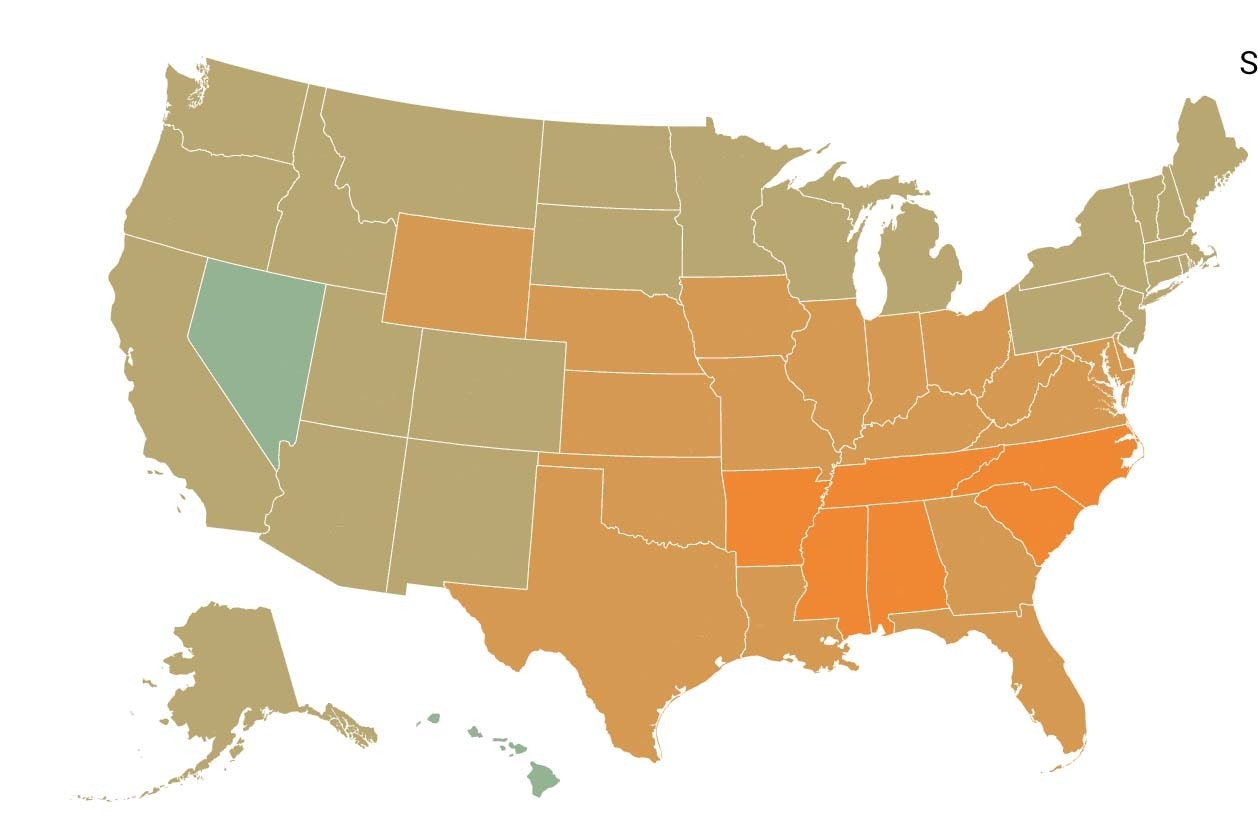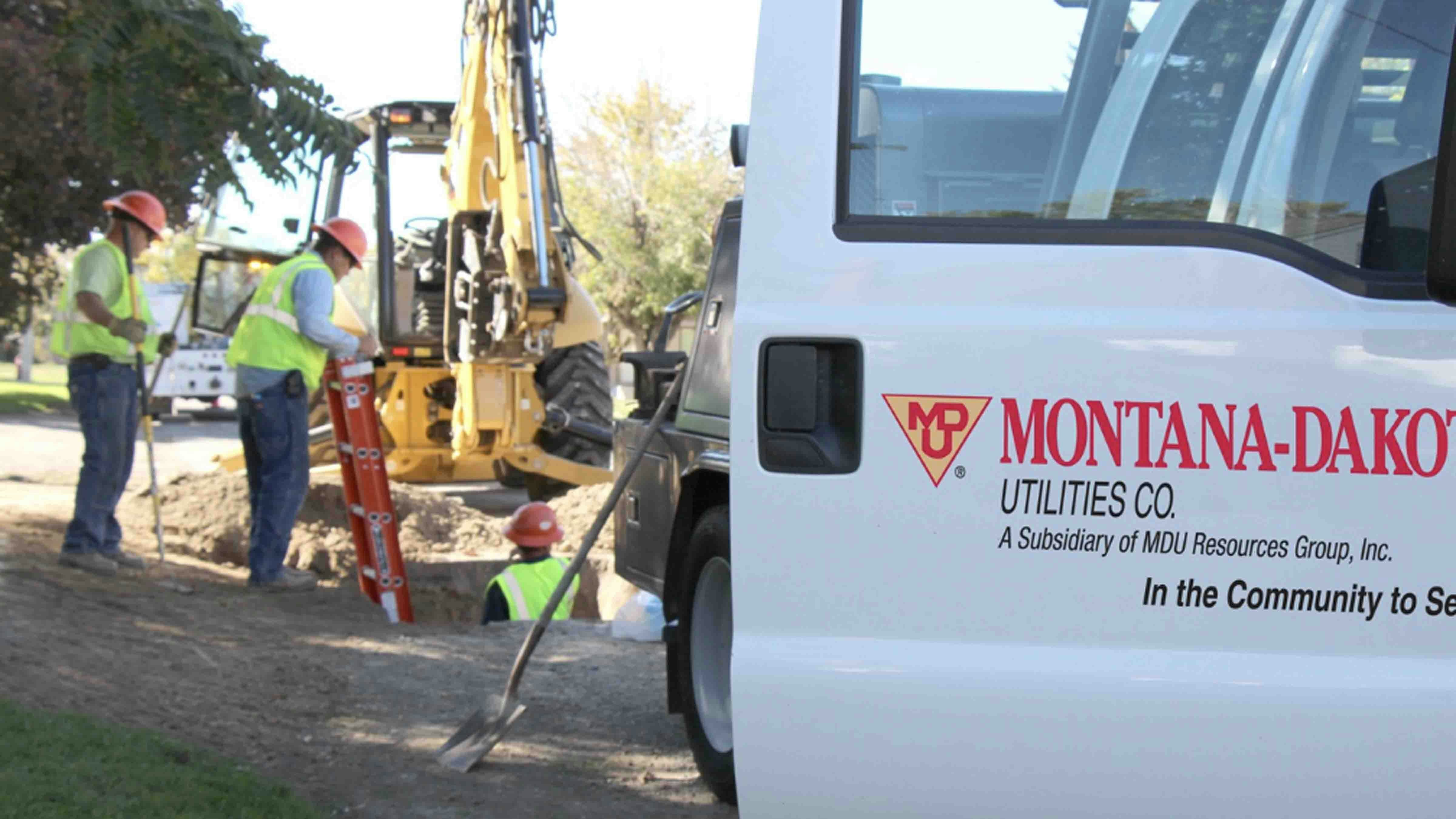Wyoming is no longer in last place for social distancing in a data company’s ranking of how well residents of states are following advice to stay away from each other to prevent the spread of coronavirus.
With a grade of “C-,” Wyoming moved into 26th place in Unacast’s “social distancing scoreboard,” largely because of extremely low rates of interactions between people seen in the state.
Unacast is a company that tracks human movement using cell phone signals to detect patterns in traffic and where people gather.
Using that technology, Unacast has been ranking states for their success at social distancing based on how much people have reduced the distance they travel since state’s first coronavirus case surfaced in the state in early March. It also takes into account how many people travel to “non-essential” locations such as restaurants and department stores and how many interactions people have with others.
Unacast in March gave Wyoming an “F” because the average travel of its residents actually increased by 6% since the onset of coronavirus.
But in the company’s latest report, based on information collected through April 21, shows residents have reduced their travel by 25% to 40%, good enough for a score of “D.”
The state still ranks poorly for reductions in visits to non-essential locations, reducing those trips by 55% for a grade of “F.”
However, when compared to national figures, Wyoming gets an “A” for reducing encounters with other people. The report said such encounters have been reduced by 94% when compared to a national baseline.The grades combine to give Wyoming a “C-,” ahead of Maine and behind Washington, D.C. South Carolina is in last place with an “F,” while Nevada, with a “B,” is in first.
The grade for encounters with other people is a relatively new and was designed to take into account conditions in rural areas around the country, according to a note from Madeline Ngo, Unacast’s head of product and insights.
“In many rural places and other less-populated areas, the baseline for ‘social distancing’ is naturally much lower and this, it is inaccurate to apply the same standard to places that have drastically less potential to decrease,” she wrote on the company’s website. “With this new metric added to our Scoreboard, not only are the scores more fairly and accurately balanced, local leaders and public health officials get a more useful picture of the social distancing behavior happening in their communities.”





